Gödel’s Incompleteness and Its Impact on AI Diagnostics
In 1931, Kurt Gödel upended formal logic with his Incompleteness Theorems, revealing a profound limit:
Any sufficiently complex, consistent formal system contains truths that cannot be proven within itself (Gödel, 1931/1962).
This insight isn’t just for mathematicians—it speaks directly to AI in medical diagnostics. No matter how advanced, AI will never grasp certain diagnostic truths, creating unavoidable blind spots in healthcare.
What Is Gödel’s Incompleteness Theorem? — A Quick Overview
Gödel’s First Incompleteness Theorem states:
“Any consistent formal system F within which a certain amount of arithmetic can be carried out is incomplete; i.e., there are statements in the language of F that can neither be proved nor disproved in F.”
In plain language: even perfect logical systems have limits—truths that lie beyond their reach (Smith, 2013). Imagine diagnostic AI as a formal system. That inevitability carries over.
How AI Diagnostics Works—and Where It Falls Short
AI is extraordinary at:
– Pattern recognition
– Statistical inference
– Processing data at high speed
Today’s AI already:
– Detects breast cancer on mammograms at performance levels matching or surpassing radiologists (McKinney et al., 2020).
– Predicts sepsis hours before onset using systems like COMPOSER—achieving a 1.9% absolute (17% relative) reduction in mortality and a 5.0% absolute (10% relative) increase in bundle compliance (Shashikumar et al., 2021; Boussina et al., 2024).
– Analyzes long-term health risks using electronic health records (Rajpurkar et al., 2022; Haug & Drazen, 2023).
But Gödel’s shadow remains:
1. Edge Cases: Rare Diseases. Accuracy drops for rare conditions—studies reveal subgroup failures often >20% relative (Oakden-Rayner et al., 2020).
2. Atypical Presentations. Out-of-distribution realities, e.g., fatigue hiding leukemia, remain unresolved (Yang et al., 2023).
3. Narrative & Intuition. Some diagnoses depend on tone, story, and silence—truths AI cannot capture (Charon, 2006; Vanstone et al., 2019; Stolper et al., 2011).
A Real Patient Story: Why Human Intuition Still Matters
Meet P., age 30, with vague fatigue and normal labs. AI recommended routine tests, but a physician paused at an offhand mention of joint stiffness—testing revealed lupus.
This was not about data—it was narrative, empathy, and intuition. Gödel helps explain why: AI’s logic cannot diagnose truths that require human context (Fava & Petri, 2018).
Bridging the Gap: Human Intuition vs. AI Formal Logic
Human physicians employ abductive reasoning—hypothesizing from limited cues, interpreting silences, incorporating emotion (Magnani, 2001).
AI reasons deductively and inductively—within the frame it has seen. But outside that frame, it is silent. Gödel reminds us why: no formal system can include all truths.
What Gödel’s Theorem Means for the Future of Medical AI
Gödel didn’t write on medicine, but his theorems teach something vital:
No system, however sophisticated, can prove all truths within itself.
AI will revolutionize diagnostics. Yet it can never replace the human touch—the ability to sense the unprovable, weave evidence with empathy, and hear the whispers beyond data.
Looking Ahead: From Gödel to Turing
If Gödel showed us the limits of formal systems, Alan Turing asked a deeper question: Can machines truly think, or merely simulate thought? (Turing, 1950).
In medicine, this difference is enormous. AI simulates reasoning; it cannot experience uncertainty, compassion, or insight. The future isn’t machines versus doctors, but partnership—AI for speed and precision, doctors for depth and meaning.
The Thinking Healer’s Reflection
Gödel teaches us a humble truth: not everything in medicine can be formalized.
AI will save lives—and it should. But the whispers between data points—the intimate prompts that matter—will always belong to the physician.
Real partnership means respecting our limits: AI for what it can compute, doctors for what they can feel.
Disclaimer
This article uses Kurt Gödel’s Incompleteness Theorems as a philosophical framework to reflect on the limits of AI in diagnosis. The analogy is metaphorical. All references are peer-reviewed. AI evolves rapidly; some limitations described may be mitigated in the future.
Selected References (APA Style)
Boussina, A., Shashikumar, S. P., Malhotra, A., Wardi, G., & Nemati, S. (2024). Impact of a deep-learning sepsis prediction model (COMPOSER) on quality of care and survival. npj Digital Medicine, 7, 14. https://doi.org/10.1038/s41746-023-00986-6
Charon, R. (2006). Narrative medicine: Honoring the stories of illness. Oxford University Press.
Fava, A., & Petri, M. (2018). Systemic lupus erythematosus: Diagnosis and clinical management. Autoimmunity Reviews, 17(9), 935–941. https://doi.org/10.1016/j.autrev.2018.03.008
Gödel, K. (1962). On formally undecidable propositions of Principia Mathematica and related systems (B. Meltzer, Trans.). Dover Publications. (Original work published 1931)
Haug, C. J., & Drazen, J. M. (2023). Artificial intelligence and machine learning in clinical medicine, 2023. New England Journal of Medicine, 388(13), 1201–1208. https://doi.org/10.1056/NEJMra2302038
Magnani, L. (2001). Abduction, reason, and science: Processes of discovery and explanation. Springer.
McKinney, S. M., Sieniek, M., Godbole, V., Godwin, J., Antropova, N., Ashrafian, H., … Shetty, S. (2020). International evaluation of an AI system for breast cancer screening. Nature, 577(7788), 89–94. https://doi.org/10.1038/s41586-019-1799-6
Oakden-Rayner, L., Dunnmon, J., Carneiro, G., & Ré, C. (2020). Hidden stratification causes clinically meaningful failures in machine learning for medical imaging. Proceedings of the ACM Conference on Health, Inference, and Learning, 151–159. https://doi.org/10.1145/3368555.3384468
Rajpurkar, P., Chen, E., Banerjee, O., & Topol, E. J. (2022). AI in health and medicine. Nature Medicine, 28(1), 31–38. https://doi.org/10.1038/s41591-021-01614-0
Shashikumar, S. P., Wardi, G., Malhotra, A., & Nemati, S. (2021). COMPOSER learns to say “I don’t know.” npj Digital Medicine, 4, 134. https://doi.org/10.1038/s41746-021-00504-6
Smith, P. (2013). An introduction to Gödel’s theorems (2nd ed.). Cambridge University Press.
Stolper, E., Van de Wiel, M., Van Royen, P., Van Bokhoven, M., Van der Weijden, T., & Dinant, G. J. (2011). Gut feelings as a third track in general practitioners’ diagnostic reasoning. Journal of General Internal Medicine, 26(2), 197–203. https://doi.org/10.1007/s11606-010-1554-5
Turing, A. M. (1950). Computing machinery and intelligence. Mind, 59(236), 433–460. https://doi.org/10.1093/mind/LIX.236.433
Vanstone, M., Grierson, L., & Mountjoy, M. (2019). Understanding the role of intuitive knowledge in the diagnostic process. BMJ Open, 9(3), e024856. https://doi.org/10.1136/bmjopen-2018-024856
Yang, Y., Zhang, M., & Chen, Z. (2023). Out-of-distribution detection in deep learning: A survey. IEEE Transactions on Neural Networks and Learning Systems, 34(8), 4567–4589. https://doi.org/10.1109/TNNLS.2022.3171289
Coming next –
Blog Series 3: Turing’s Paradox: How AI Diagnostic Bias Risks Patient Care
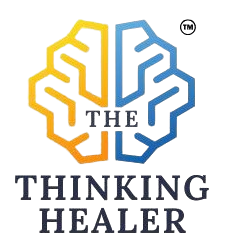

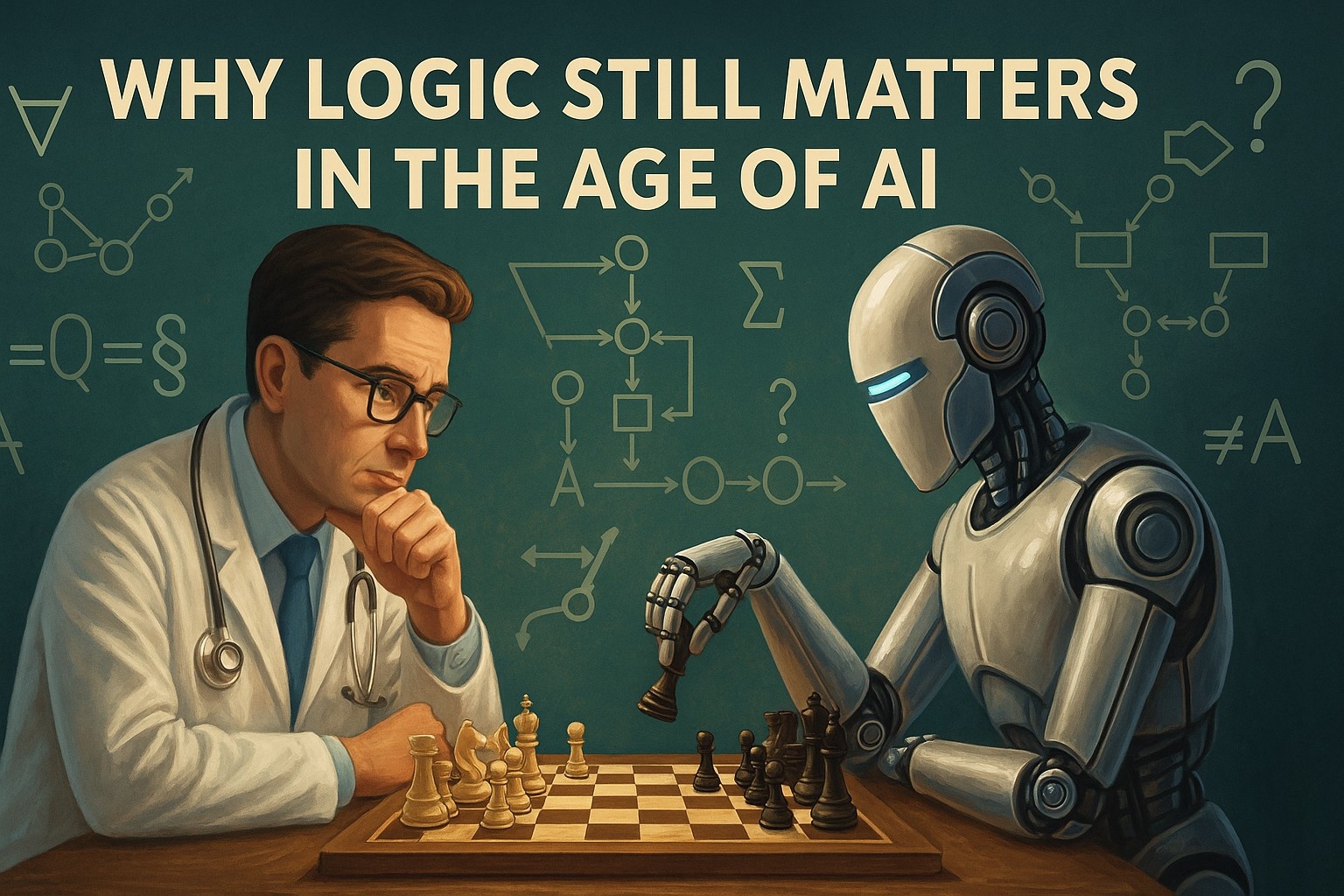
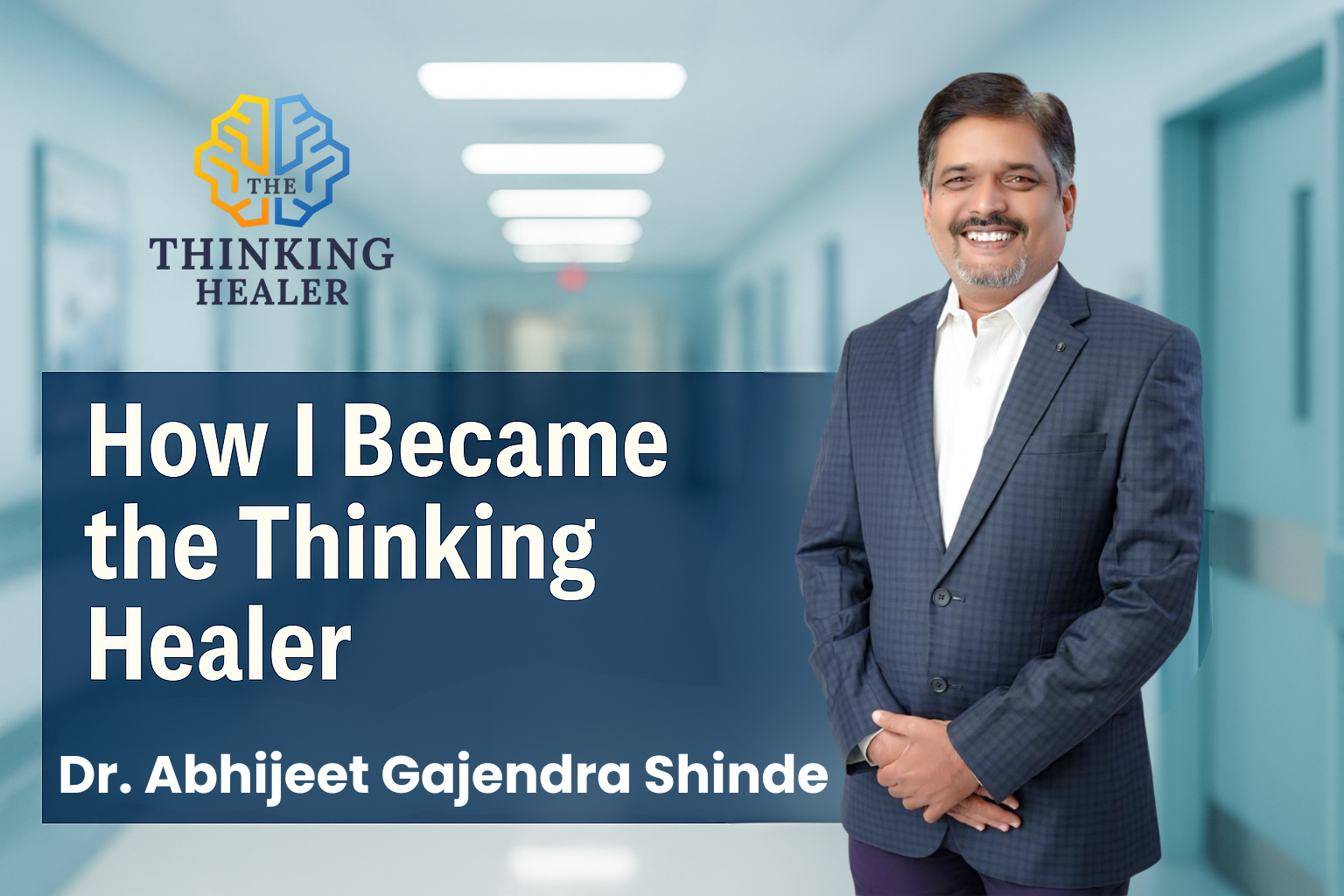
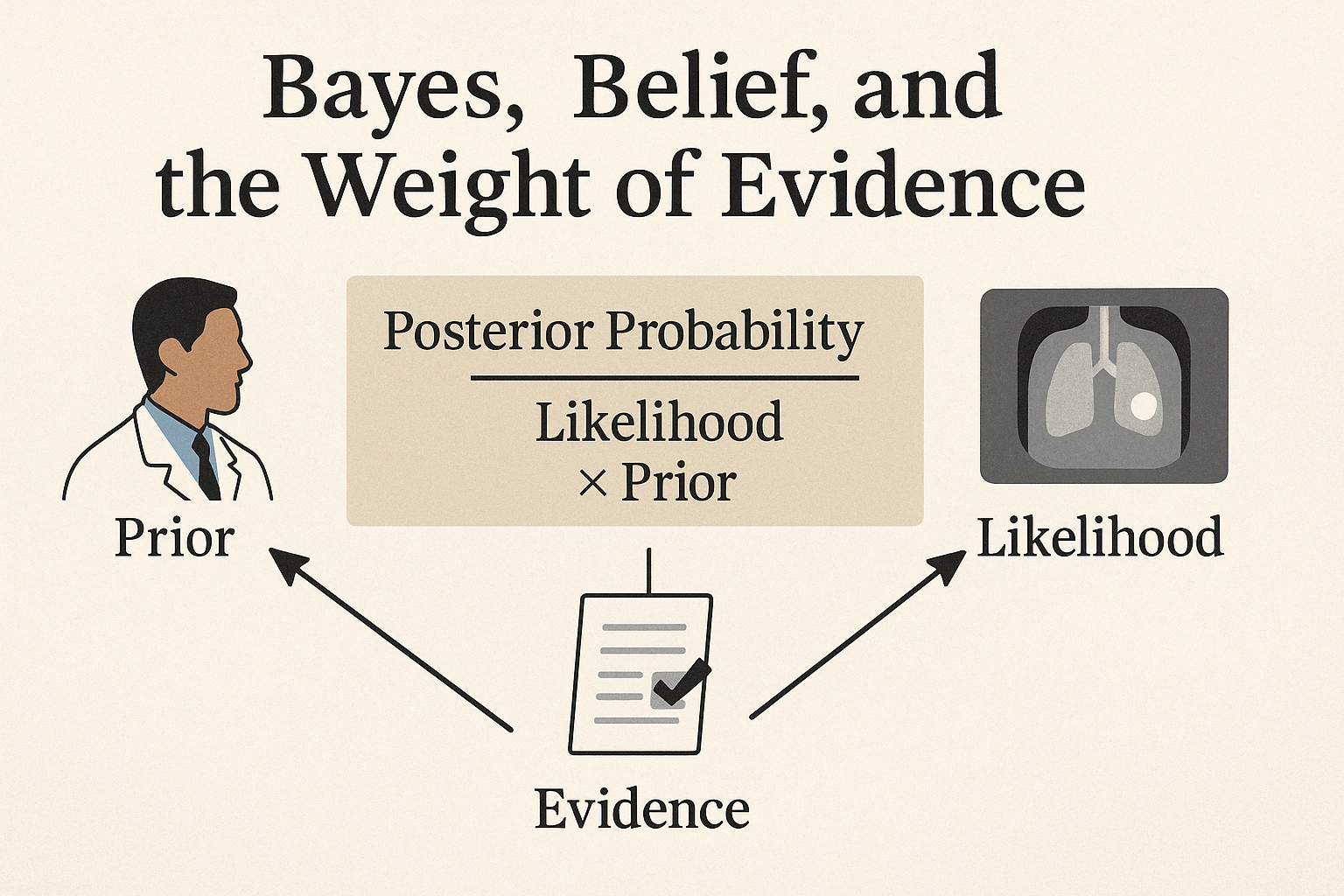
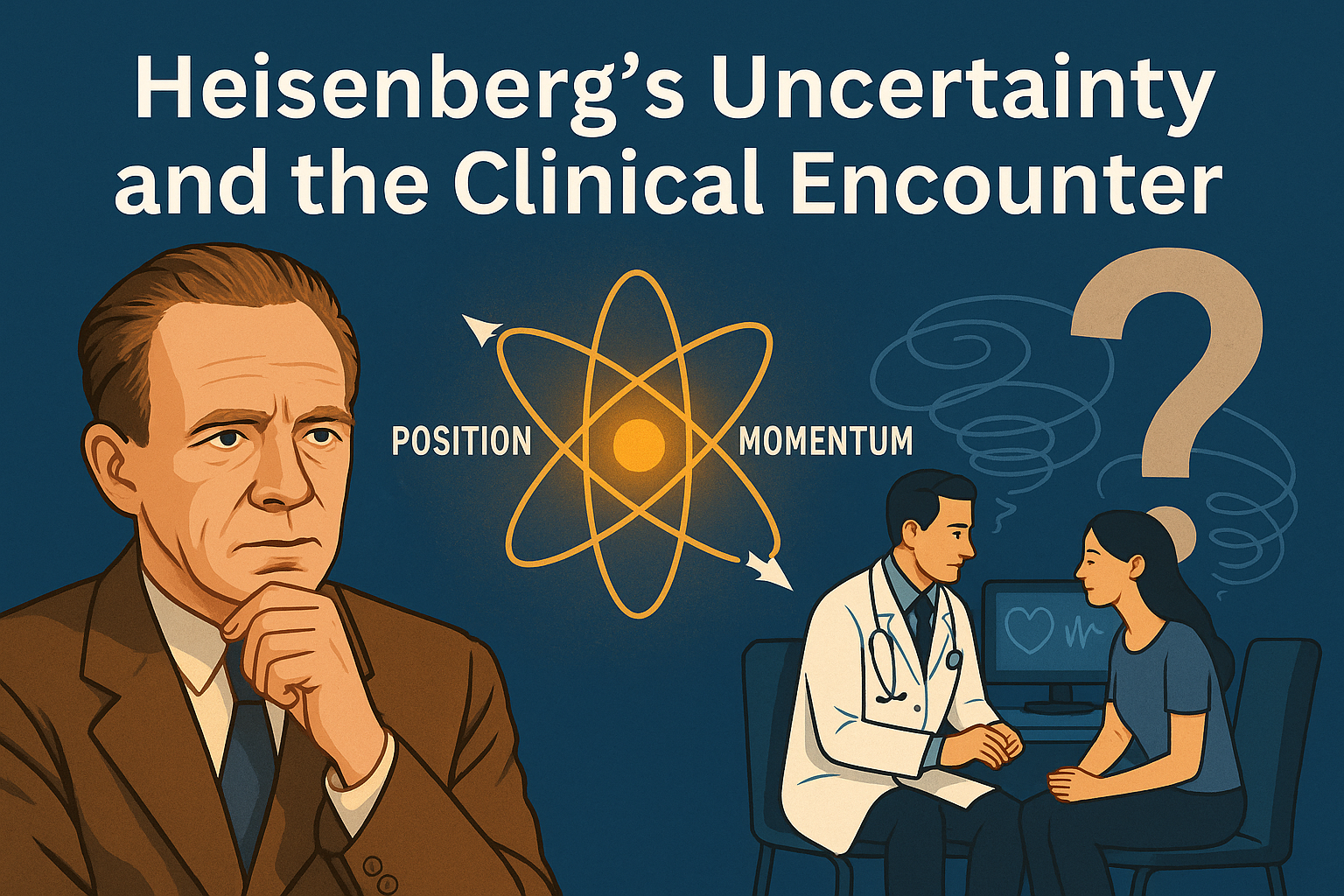

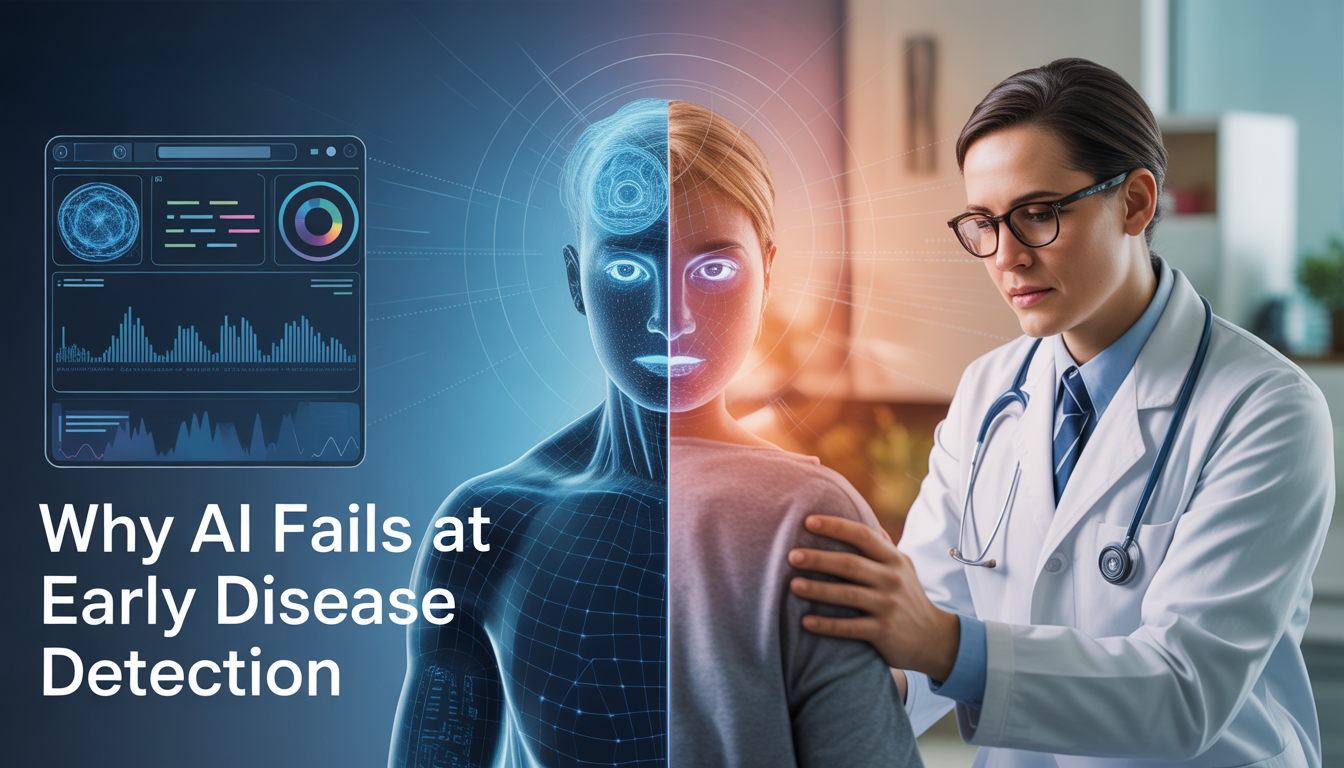
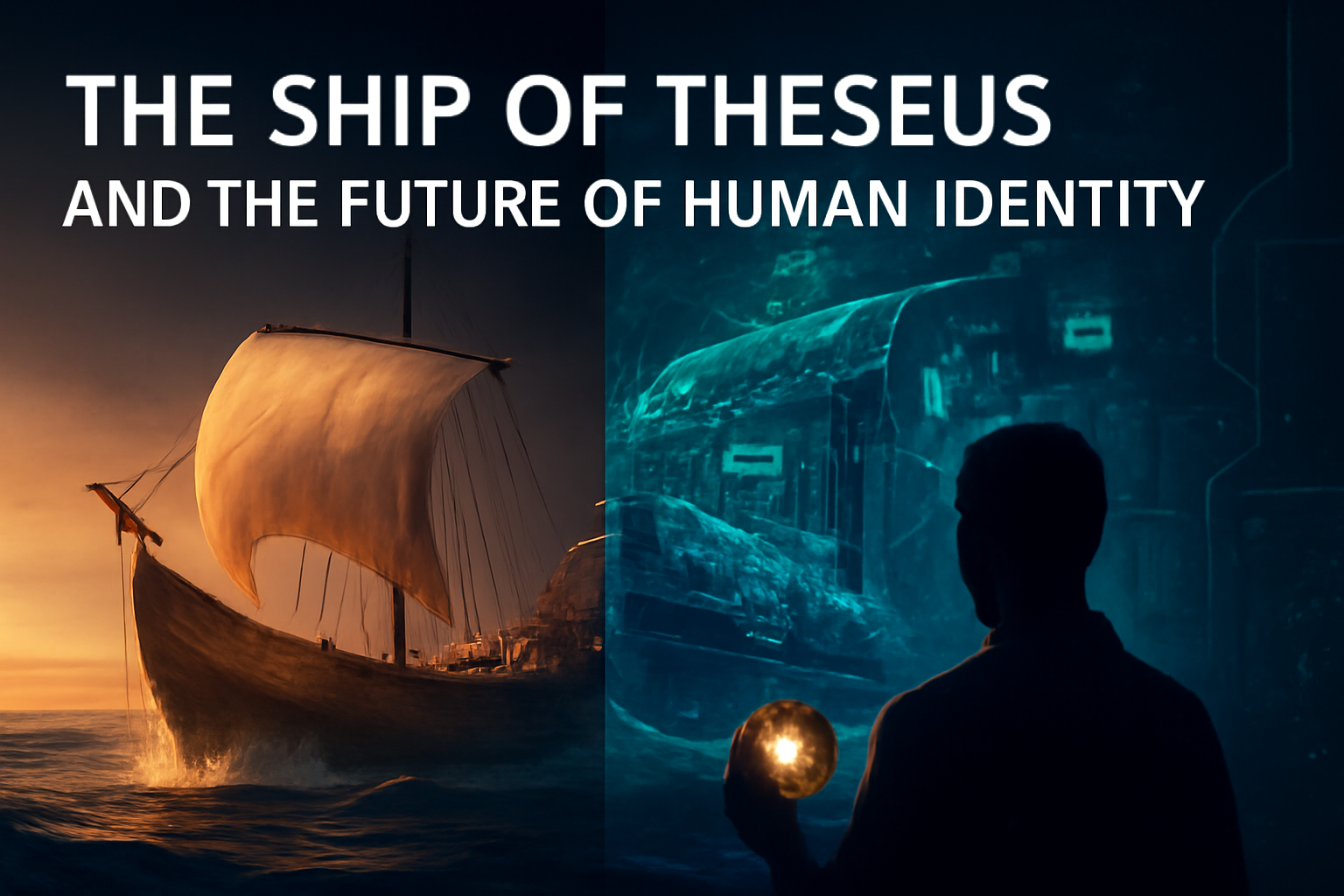
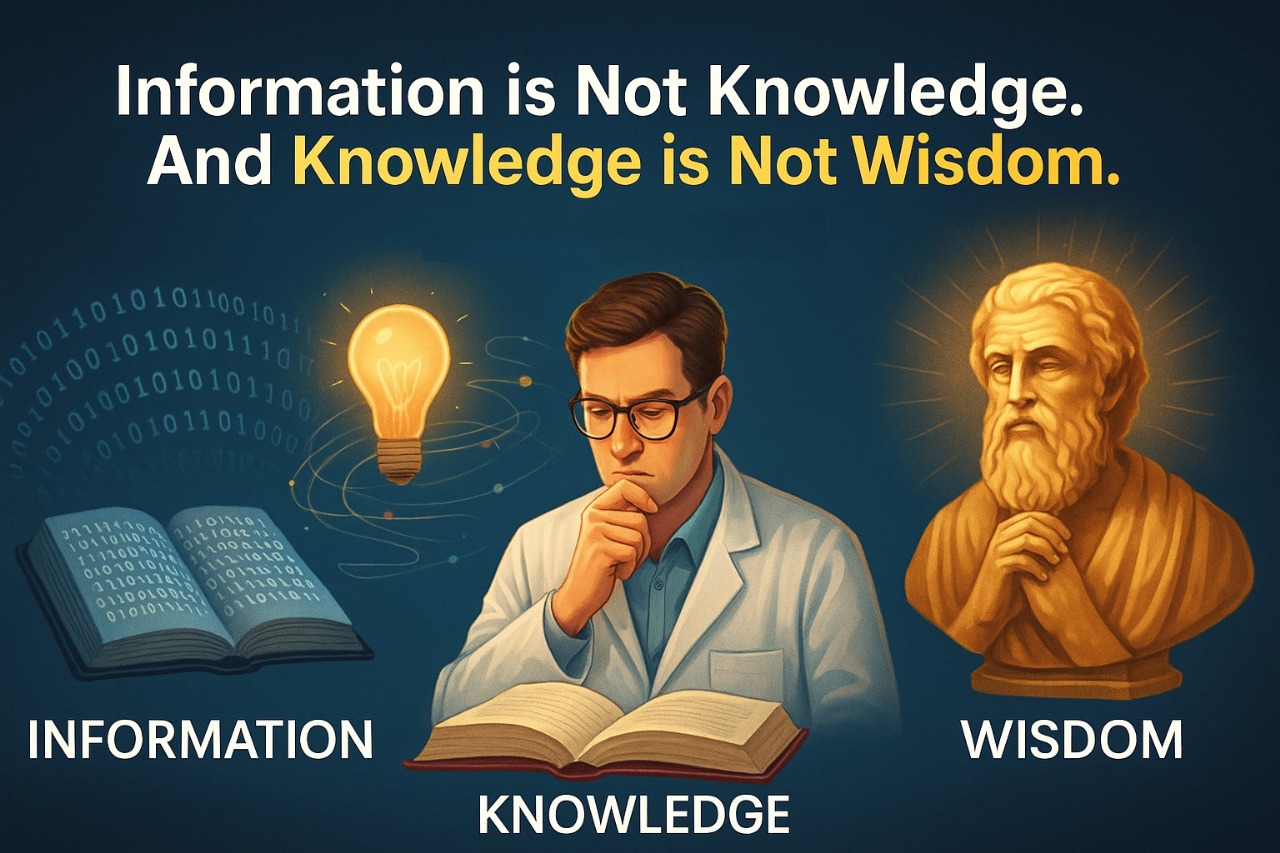

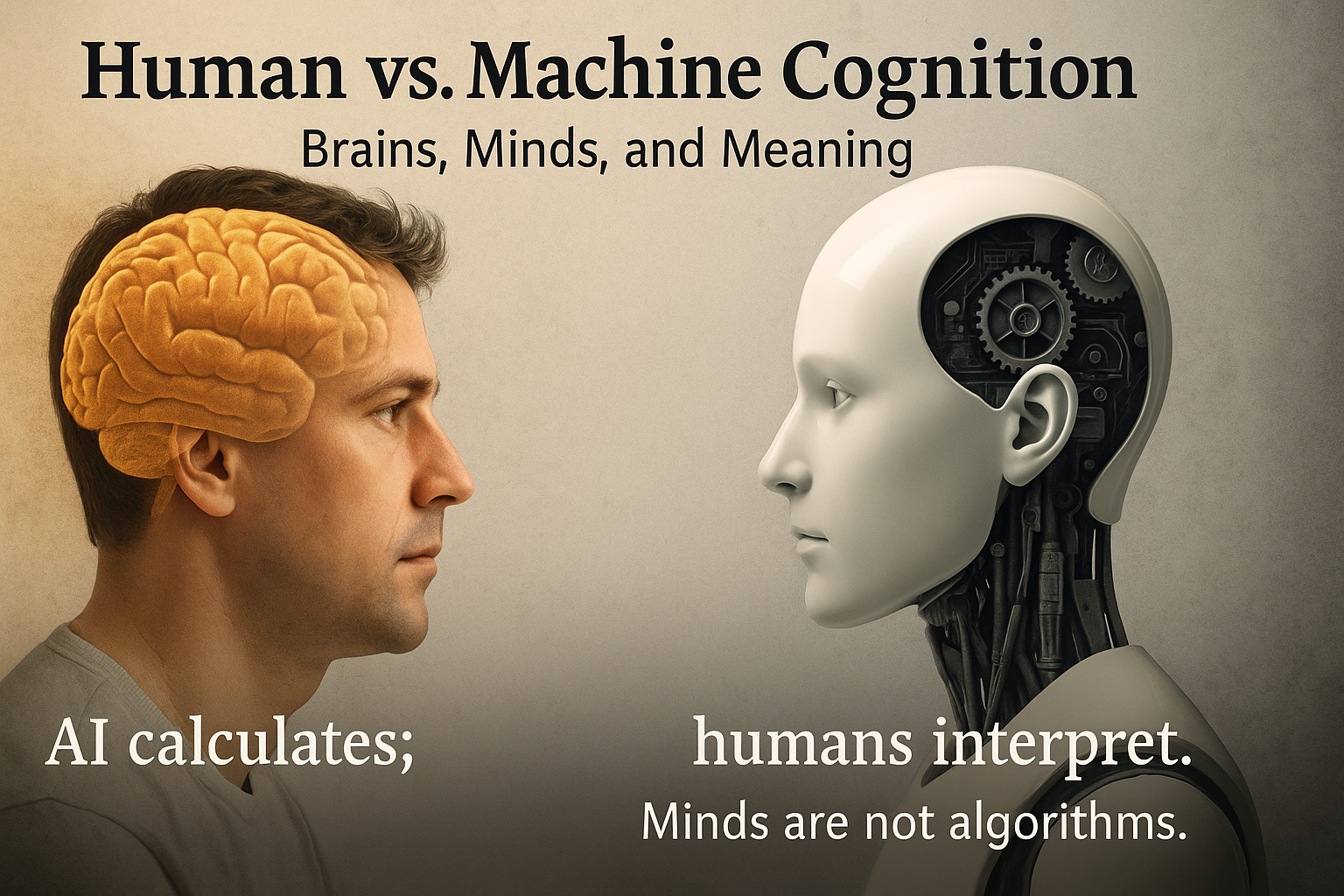
Leave a Reply